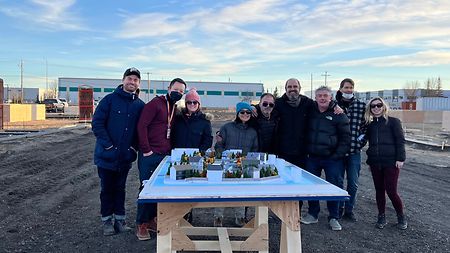“The Last of Us” imagines a terrifying world in which a 20-year pandemic has decimated human civilization and transformed infected humans into murderous, zombie-like creatures. Created by Craig Mazin and Neil Druckmann, the series was a big hit for HBO and has been commissioned for a second season. Cinematographer Eben Bolter BSC was hired early on and helped craft the look, shooting episode three with director Peter Hoar and episodes four and five with director Jeremy Webb. Based in Canada, the series shot with ALEXA Mini cameras and Cooke S4 lenses provided by ARRI Rental Calgary. Eben Bolter speaks here about his choices and challenges on the show.
What drew you to the project and what kind of a visual approach did you feel it needed?
I know the game really well and I loved so many of the choices that Neil Druckmann and his team at Naughty Dog made in the world of the game. You've got this reality where the world has fallen apart over a 20-year period. Nature is reclaiming things and electricity is scarce – the whole game has its own tone. In my interview with Craig and Neil and the producers, we talked about how to transfer that tone to TV. It felt like it should be handheld, with naturalistic and plausible lighting. You’ve got daylight, moonlight, fire, and old industrial lights powered by generators; that’s the world and with it comes a toolbox of motivations for light. Anytime we broke out of this toolbox and something was lit too perfectly, or with sources that didn’t feel diegetic to the world, then we slipped out of that world into something else, so would always role it back and simplify.
It was an approach I love, which is to create a cinematic environment. You light it in a way that gives you some interesting possibilities, but then let the scenes play out in those spaces, rather than bringing in the perfect eye light for every single shot. You let it live and you embrace the flaws because they ground things and help the audience suspend disbelief. There's a fine line between just turning the camera on and pressing go, and lighting the heck out of a scene to make it immaculate. We tried to live somewhere in the middle, and Craig was always on set to help us keep that balance.





